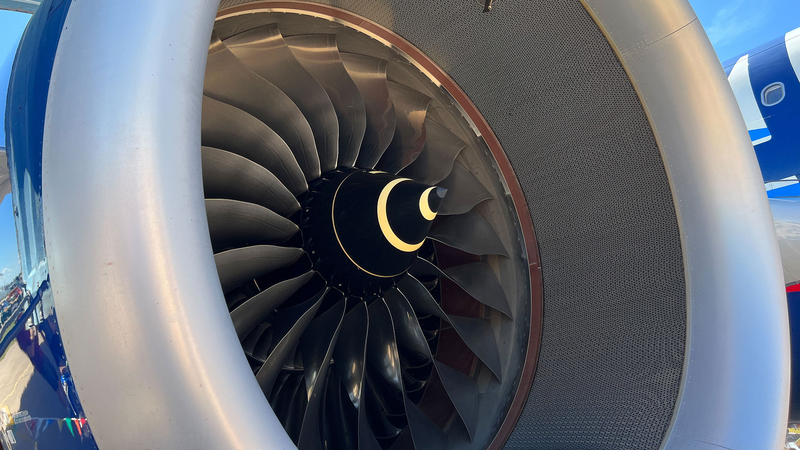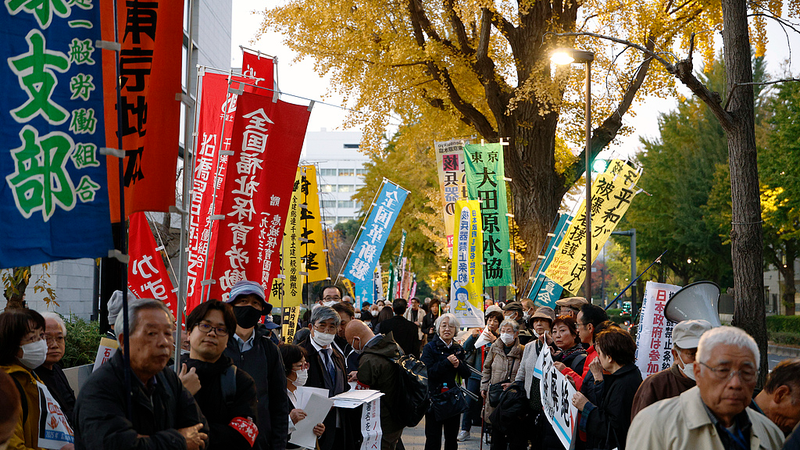Recent moves by the U.S. Commerce Department to resume exports of EDA software, ethane and aircraft engines to the Chinese mainland have captured global attention. These three items aren’t just niche commodities—they’re strategic bellwethers of the broader US-China economic dance, reflecting both competition and cooperation.
Electronic Design Automation
EDA software powers the semiconductor industry, enabling engineers to design and test integrated circuits. With the Chinese mainland pouring resources into building its own chip ecosystem, access to these advanced tools is vital. Restricting EDA would delay domestic progress, so its reopened export signals a cautious embrace of technological interdependence.
Ethane: Building Block of Plastics
Ethane, a natural gas liquid, feeds the petrochemical sector by producing ethylene—the starting point for everything from packaging to fabrics. Before the pause, US exports of ethane were a pillar of China’s petrochemical growth. A sudden cutoff sent prices tumbling. Restoring supply stabilizes markets and underlines the global reach of American energy.
Aero-Engines: High-Stakes Hardware
Aircraft engines combine high-value engineering with national security significance. While the Chinese mainland aspires to build homegrown models, the path is long. For now, reliance on US-made engines remains, making them potent leverage in trade talks. Renewed exports suggest a willingness to keep civil aviation links strong, even amid strategic competition.
By watching these three pillars—chips, chemicals and engines—businesses, tech enthusiasts and policymakers can read the shifting lines of US-China engagement. As markets respond and negotiations evolve, these bellwethers offer a clear lens on the future of global trade.
What’s your view on this recalibration? Share your thoughts below.
Reference(s):
Why are EDA, ethane & aero-engines bellwethers in China-U.S. trade?
cgtn.com




